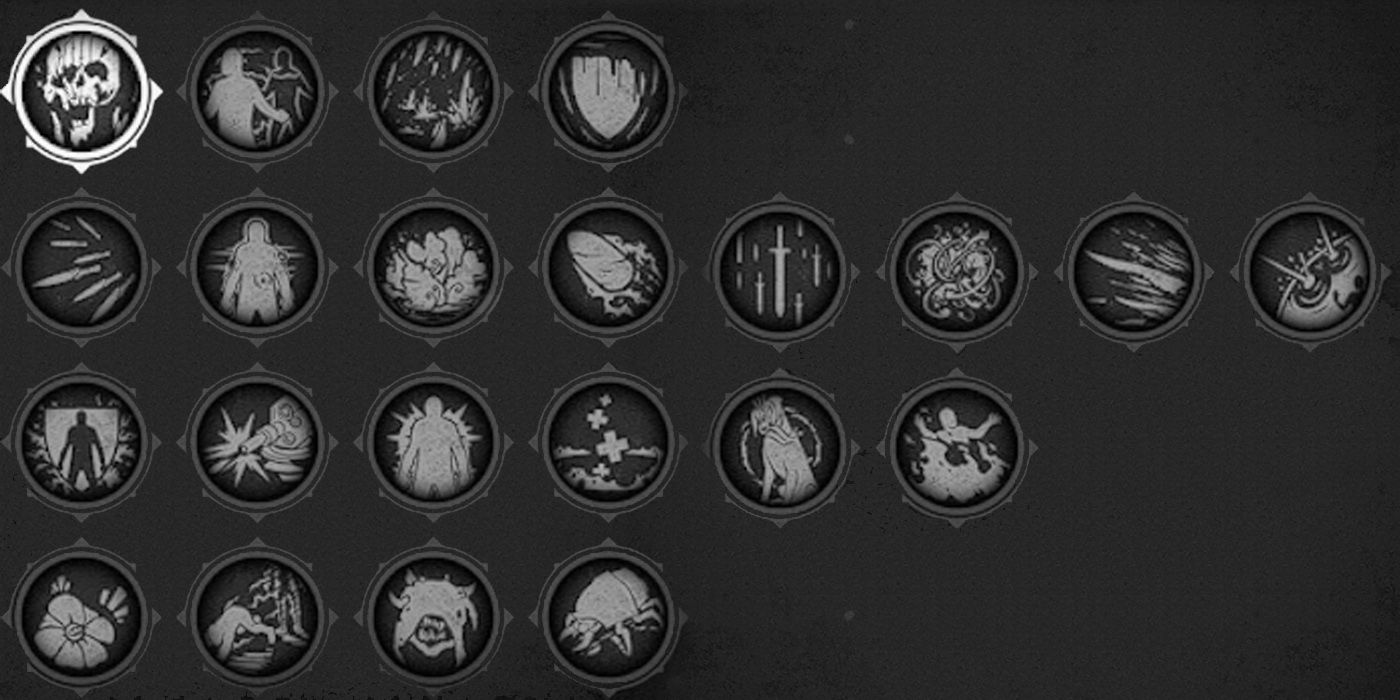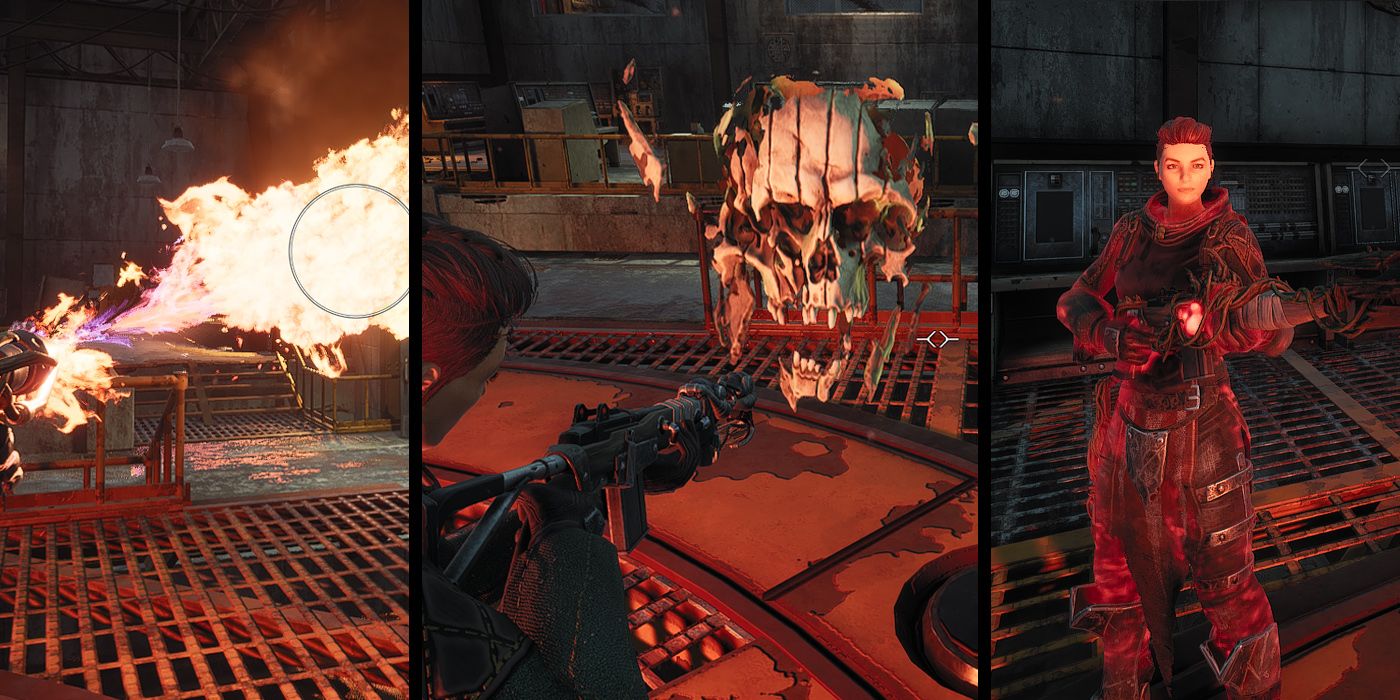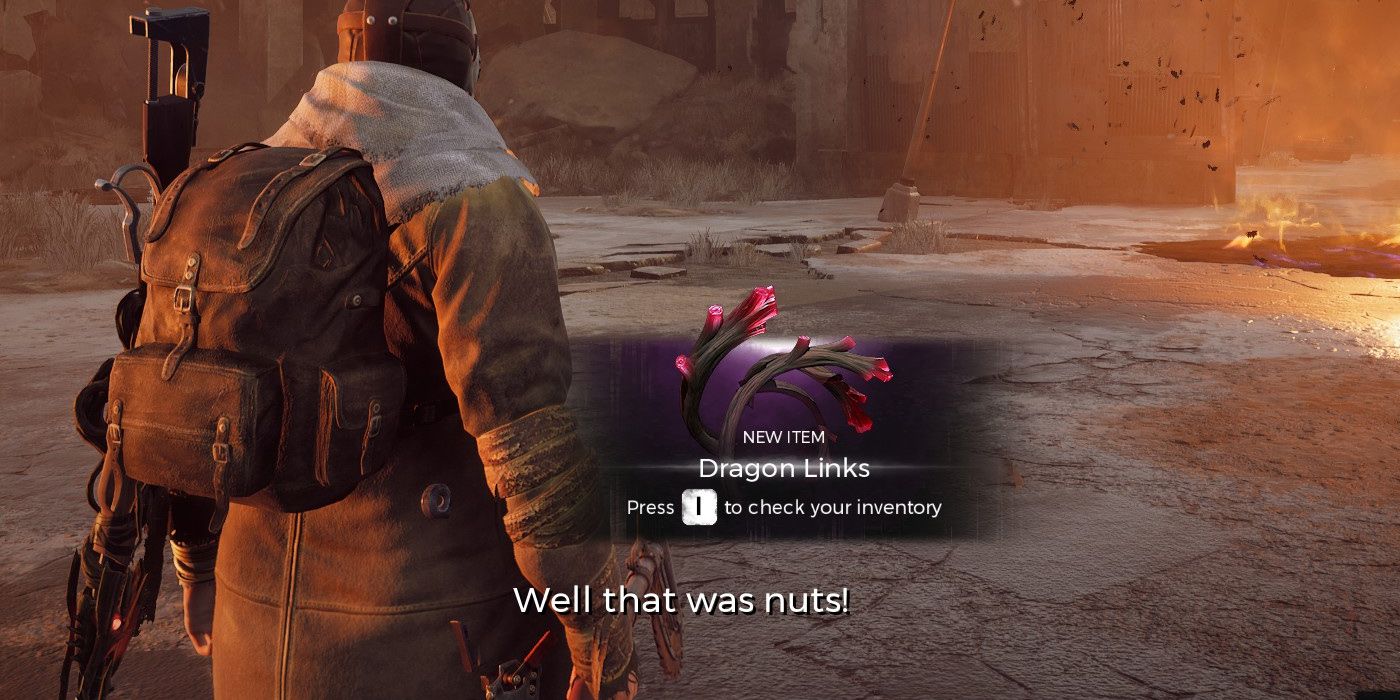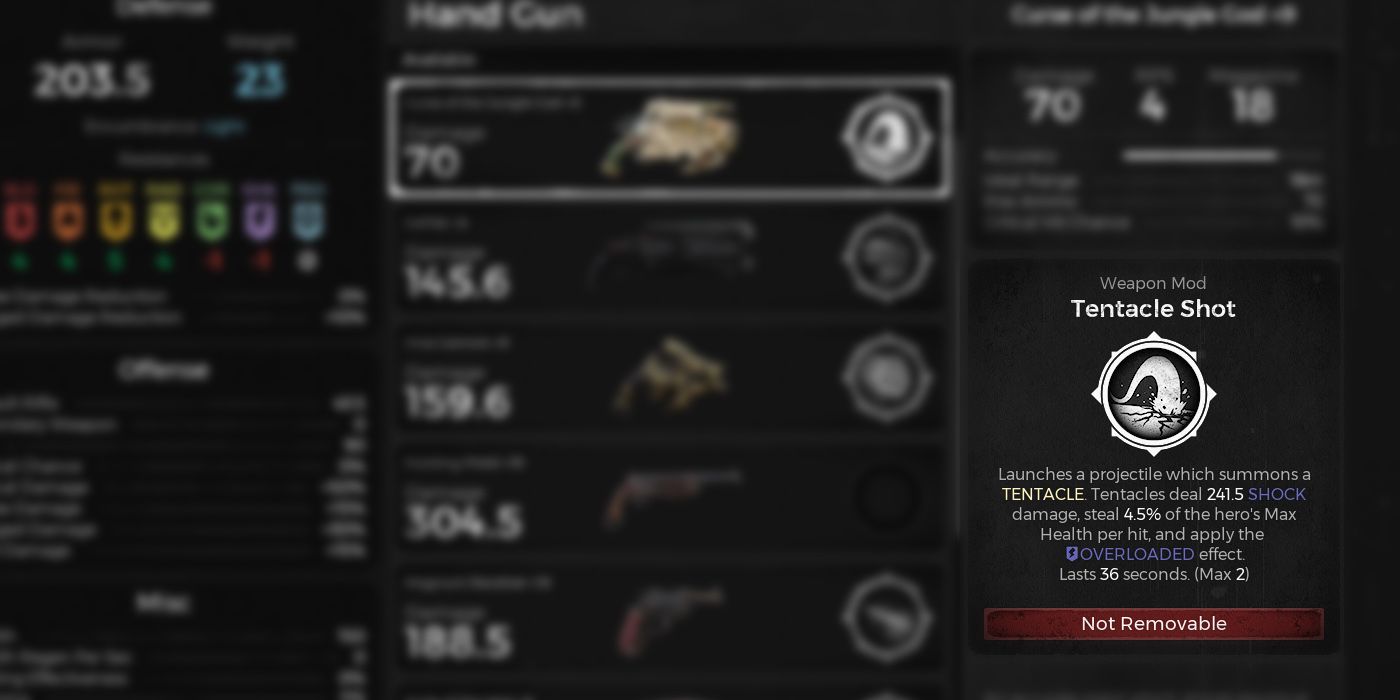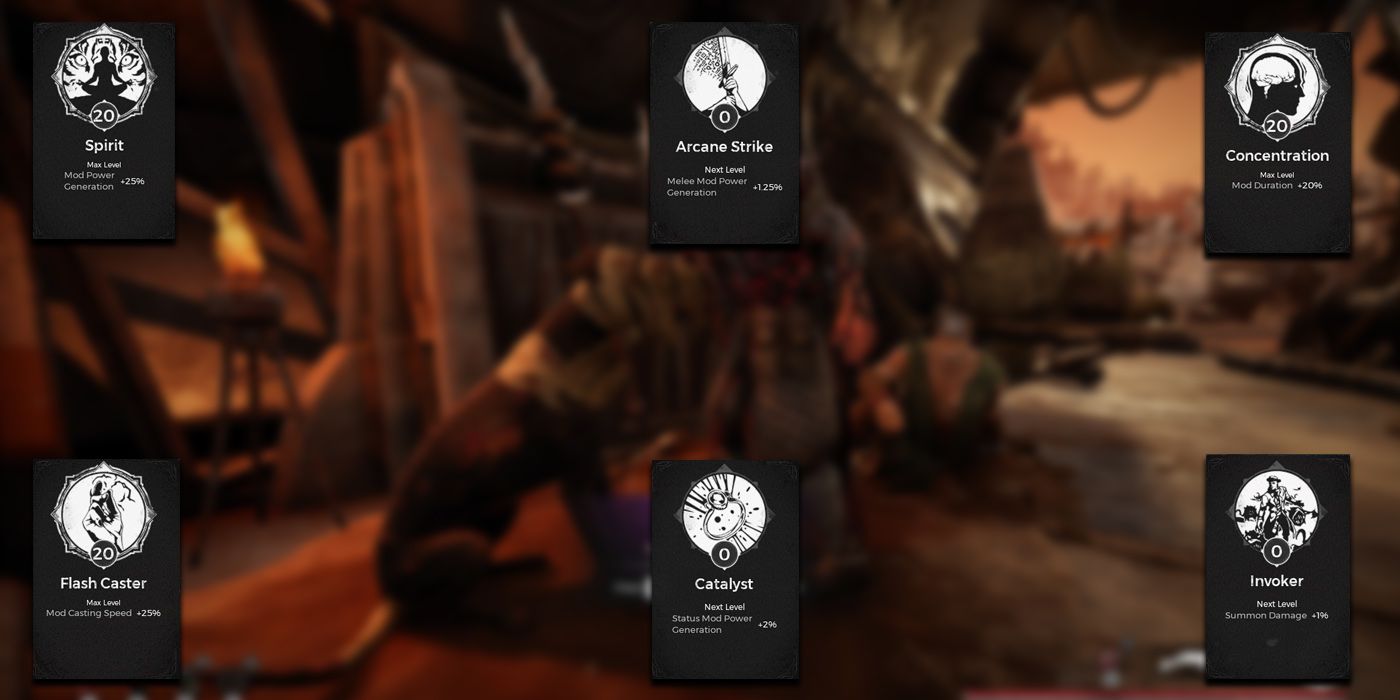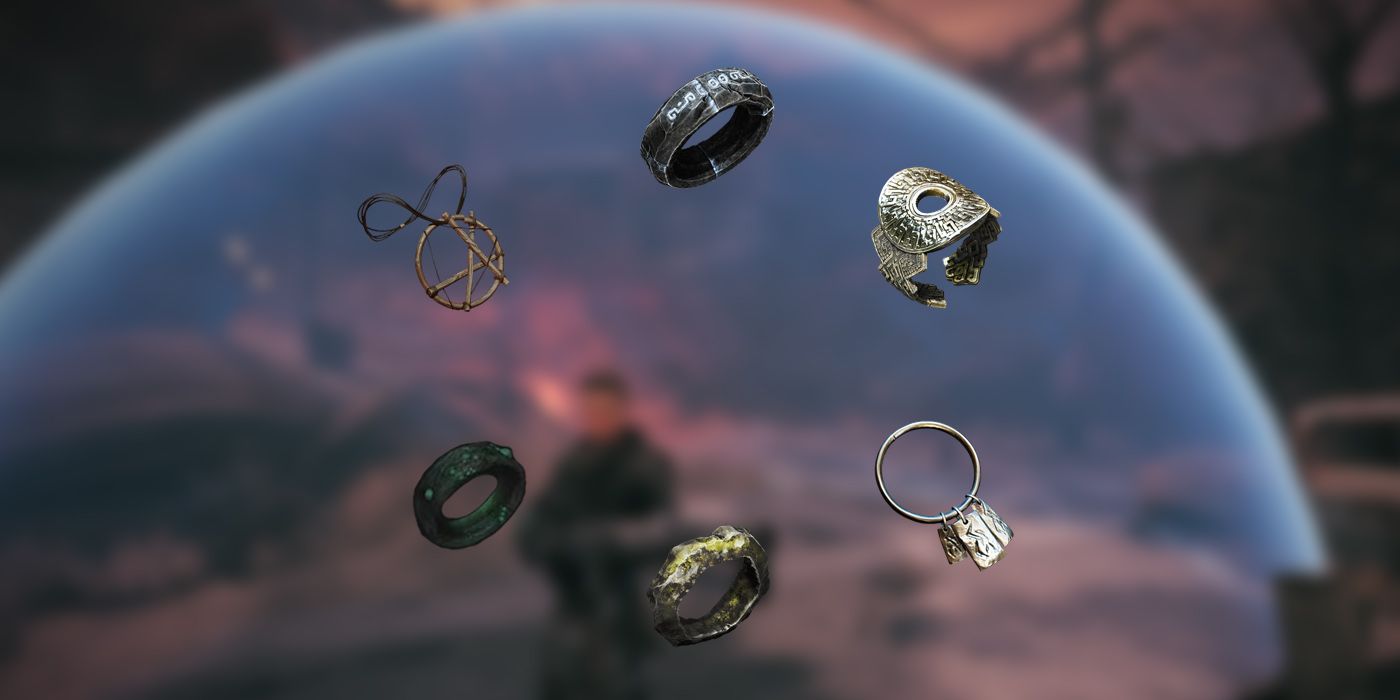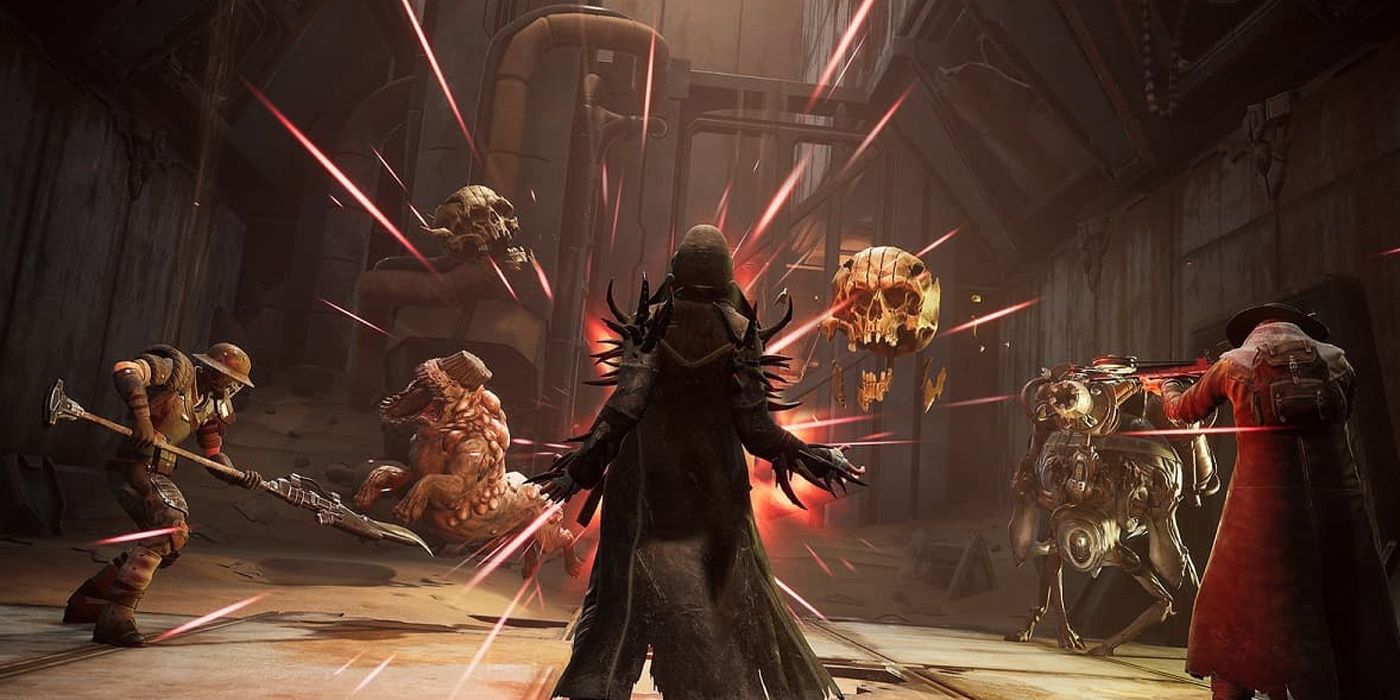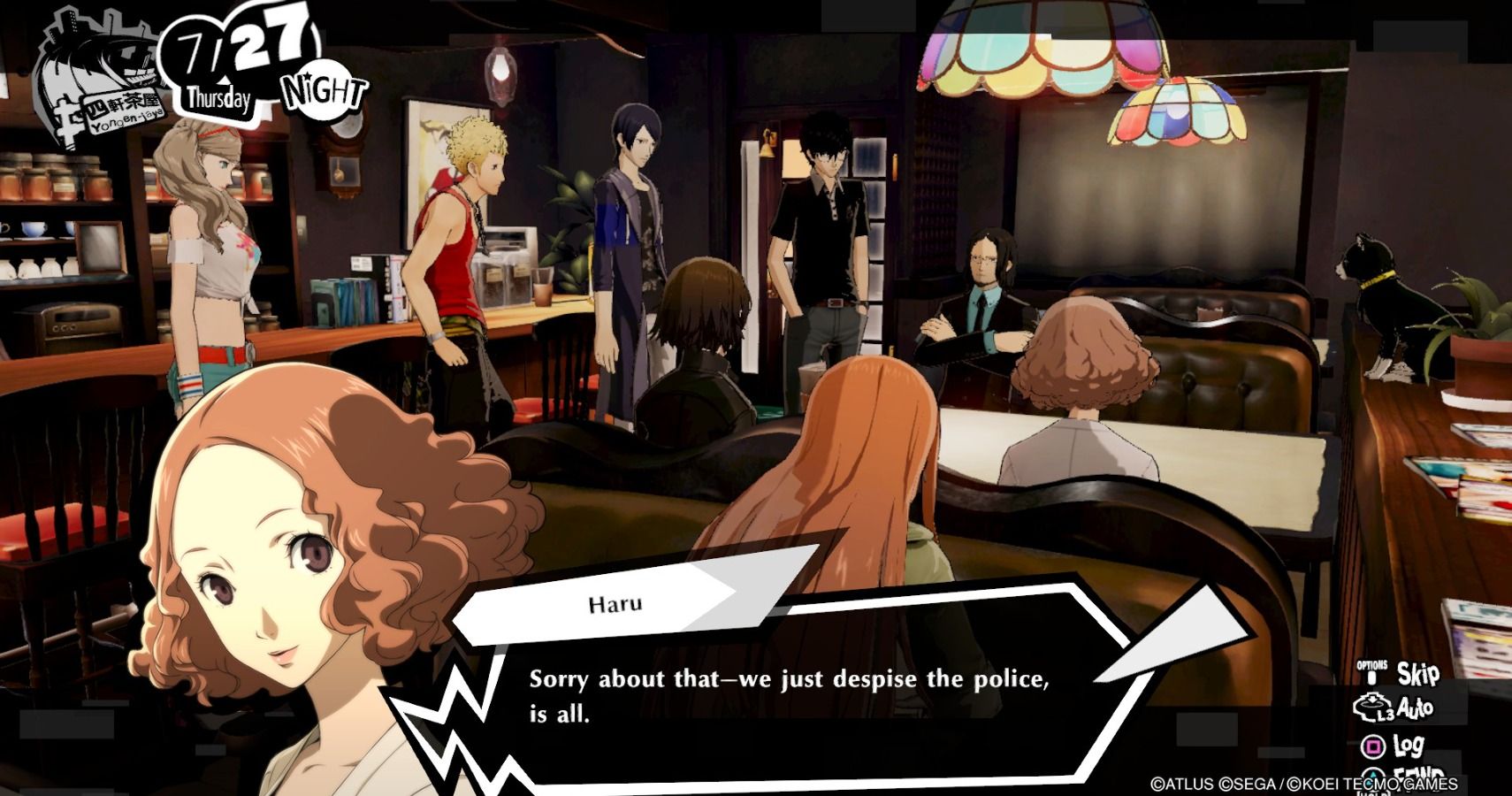Weapon Mods are a pretty essential part of Remnant: From The Ashes — about as essential as its Scrap Currency system. In fact, they’re a foundation component, comparable to systems like Weapon Arts from Dark Souls 3, Living Weapons in Nioh/Nioh 2, or even the Drone Modules in The Surge/Surge 2.
There are a lot of them in the game, and most are unlocked from Crafting Component dropped from all the different bosses. But, for people still confused about how these things work or wondering over specific questions about them, here’s a complete overview of them:
What Even Are Weapon Mods?
So, what exactly are Weapon Mods? Well, they’re special abilities that players can “slot” into their guns (sadly not their melee weapons, not that those need any help damage-wise) that grant Offense, Defense, or even some Passive effects. But they aren’t tied to the Ammo count of a weapon, rather they have their own meter in the form of a white circle around the icon that takes shape as players shoot enemies. This meter is called “Mod Power” and it can be increased or decreased by a variety of different in-game factors.
The coolest part about Weapon Mods is that they change the appearance of the gun they’re slotted into! This helps incentivize players to use both the normal-looking guns and the unique ones because, with the right mod, any gun can look unique! And the design aesthetic these Mods tend to follow are based on the Realm they were found in:
- Basic Mods: Examples include Hot Shot or Mender’s Aura — barely change the appearance at all.
- Earth Realm: These mods have a very Root-like appearance.
- Rhom: Mostly darker colors, look very Alien in design.
- Corsus: Very insect-centric. Lots of egg-sac integration with hard shells.
- Yaesha: The most “magical” looking, tend to use a lot of glowy bits with blue coloring.
What Are The Different Types?
How are these Mods classified? There are so many of them, how are players to know which summon is the best or which passive buff is the most useful? Frankly, it’s completely dependant on user experience. They are all so radically different that players should just use whatever Weapon Mods they enjoy the most. That said, they can be roughly broken down into these categories:
- Utility Mods: This is probably the most diverse category of Weapon Mods, as it includes Mods that heal players, buff them, block projectiles, reduce the amount of damage taken, let the player see through walls, and so on. Some examples are Mender’s Aura, Flicker Cloak, and Veil of the Black Tear.
- Elemental Mods: Basically any mod that does Elemental Damage outright. The example that’s available the earlier is Hot Shot, but there are plenty of others such as Breath of the Desert, Skewer, or Swarm.
- Summoning Mods: These are Weapon Mods that “Summon” allies to help the player out, basically any mod that has the word “summon” in its description fits this category. The most notable Mods are Very Good Boy, Beckon, and Seed Caller.
How Do Players Get New Weapon Mods?
As previously stated, Weapon Mods are primarily gained from killing bosses. Once a player kills something like Singe, they’ll drop a unique crafting material, and this can be taken to McCabe in Ward 13 to turn it into either a Weapon or Weapon Mod. Tons of bosses in Remnant have alternate kills as well that cause them to drop different items, so there is quite a wide variety of Mods & Weapons to unlock.
That said, this isn’t the only way to get Weapon Mods, just the primary way. There are still some that are obtained from certain dialogue options, certain merchants, or even from petting a dog.
Why Can’t I Unslot A Boss Weapon’s Mod?
The Main Difference between Normal Weapons and Boss Weapons in Remnant is that Boss Weapons are crafted while Normal Weapons are either bought or found. But that’s not all — Boss Weapons also come with an innate Weapon Mod that can’t be slotted out. These are the most unique Weapons in the game, but technically also the least versatile, it’s a risk-reward sort of thing.
Are Traits & Weapon Mods Linked At All?
In Remnant, the player character still has all the telltale stats, crit chance, crit damage, overall defense, health, and so on. But, these aren’t something that players put points into like they would for most other games. These stats are modified by the player’s Weapons, Armor, Trinkets, and most importantly, their Traits.
A lot of Traits mesh with the Weapon Mod system in some fun ways. There are a bunch on display in the image above, but those are just a few of many, here are some other examples:
- Teamwork: A Trait that extends the range of the “Teamwork” buff that players get by sticking close to each other in multiplayer. This buff amplifies many things, including Mod Power generation.
- Evocation: Straight-up buffs the amount of damage Weapon Mods do.
- Wisdom: Increases the amount of Elemental Damage done, a type of damage primarily inflicted by Weapon Mods.
There are a lot of ways players can cater their build around their favorite Weapon Mods, and Traits are one of the easiest methods.
What Trinkets & Armors Work Well With Weapon Mods?
It’s not just Traits that help players make the most out of Weapon Mods — Trinkets & Armor Sets do too. Like in most games, the player character can only equip an armor set (helmet, chest, legs), a necklace, and two rings (even though they have 10 fingers). Here are some of the many potential options:
Amulets:
- Amulet of Epicaricacy: Increases Mod Power Generation by 15% (30% if attacking an enemy afflicted with a Status effect)
- Galenic Charm: Increases Weapon Mod damage by 25%
- Soul Anchor: Buffs the duration of Summon Mods by 100% and increases the player’s Ranged & Melee damage while the summons are out.
Rings:
- Burden of the Follower: A ring that reduces Fire-Rate by 35%, but increases Mod Power Generation by 100%
- Evokers Seal: Another ring that refunds 15% Mod Power on use
- Gift of the Iskal: Lastly, this is a ring that slowly generates Mod Power over time, in exchange for reducing all healing effectiveness by 15%
Armor Sets:
- The Cultist Set: Increases Weapon Mod duration & generates Mod Power slowly over time.
- The Labyrinth Set: Increases total damage done with Weapon Mods & innately refunds 10% Mod Power on use.
- The Twisted Set: At full health, players generate Regrowth stacks that buff both their melee and Weapon Mod damage. Plus, it gives the player more health regen per second.
There are 15+ Armor Sets, 70+ Rings, and 35+ Amulets in the game, making for tons of replayability, and it’s safe to say that players have plenty of options if they want to make their character overpowered.
What Are Some Issues With The Weapon Mod System?
The Weapon Mod system is unique for sure, but it isn’t perfect. It has its flaws, such as:
- Some Mods are straight-up better than others (Like how Breath of the Desert trumps Radioactive Volley).
- Players can’t swap mods before a boss fight without losing their charge. Thankfully, due to the Crystal checkpoints, this isn’t a huge problem. But it becomes more annoying in Survival Mode.
- Mods that change the firing style of their weapons, such as Explosive Shot or Wildfire Shot, have to be re-activated if the player switches weapons.
- Summon Mods have to be used after walking into a boss fight, and many of them can actually interrupt cutscenes — plus they don’t have a timer on them.
Tips
Lastly, let’s just talk about some general Weapon Mod related facts that new & veteran players of Remnant should know:
- Summons only count for those that have a yellow name in their Mod description. Sadly, this means that Swarm doesn’t count, but it applies to more Mods than most players think. This list of all summons includes: Rattle Weeds, Root Hollows, Wasteland Skulls, Very Good Boys (dogs), Turrets, Tentacles, Beetles, and Rift Clones.
- Players can apply Status Effects to Enemies & Bosses, meaning they can corrode a boss so that they’ll have less armor & take more damage, set them ablaze, or slow them down with Frostbite.
- The player character fully charges their Mods after using a checkpoint, so popping them as soon as enemies show up in a level is justified since killing mobs while they’re full is a bit wasteful.
- Veil of the Black Tear is by far the most useful mod for Boss Battles since it blocks all projectiles. This is especially fantastic against bosses like The Undying King, Nightmare, or Ixillis.
- Any Mod with a duration scales with Concentration, this applies to passive buff Mods as well.
- Some mods have multiple charges, while other Mods can be toggled on and off — it truly varies from Mod to Mod.
And that’s about it! There’s always more to learn about Remnant’s Weapon Mod system, but this should provide you with a solid foundation.
NEXT: Remnant From The Ashes: The 10 Most Intelligent Characters, Ranked
- Guides
- Remnant From The Ashes
Source: Read Full Article
